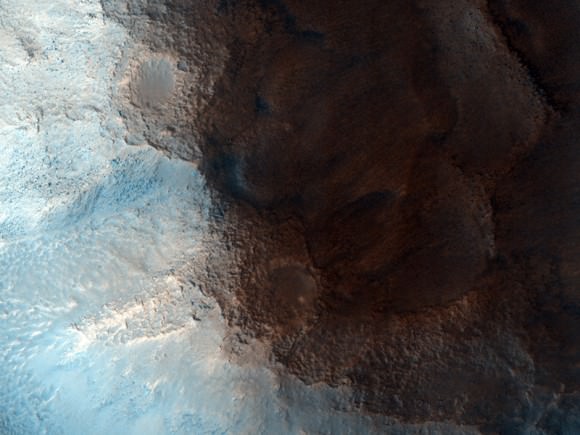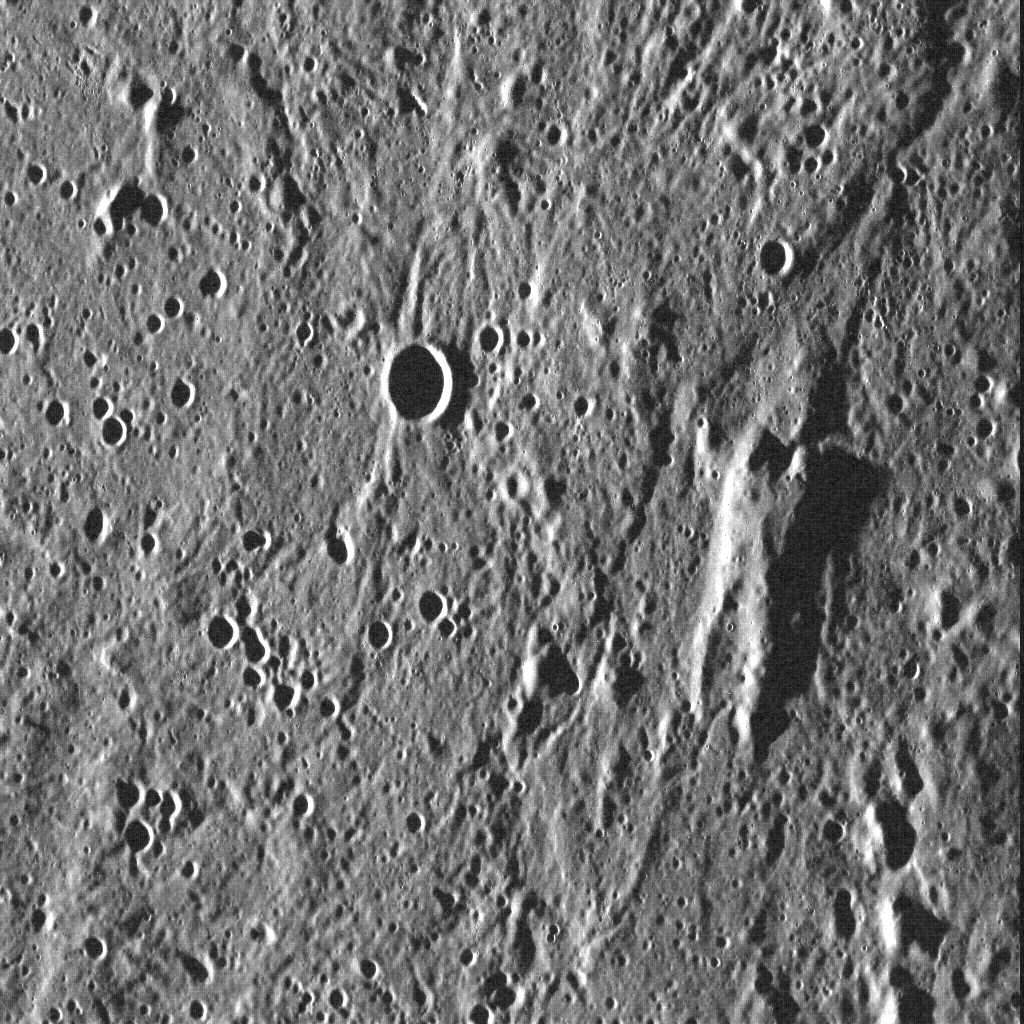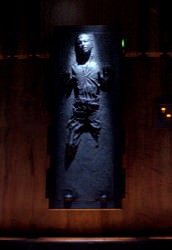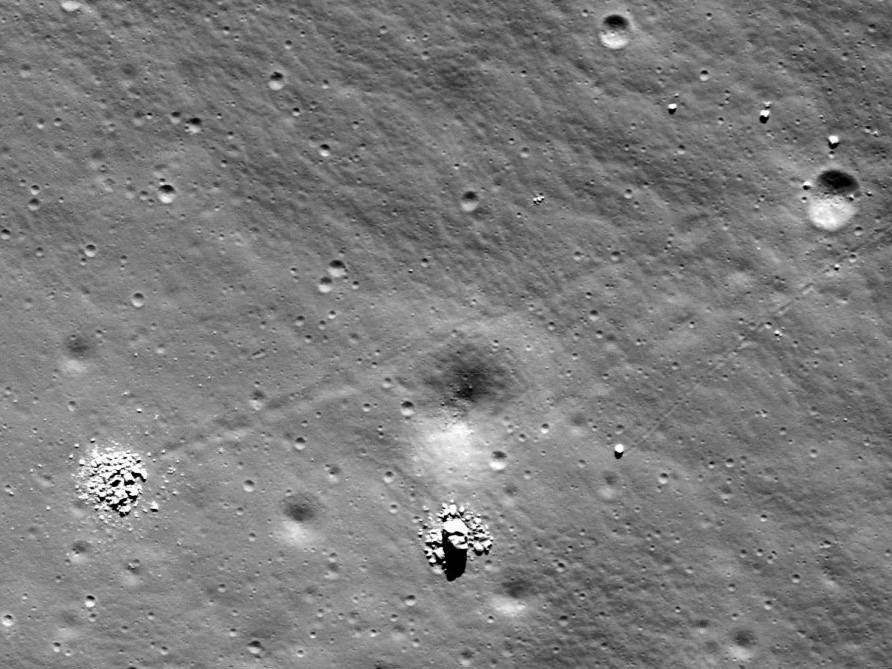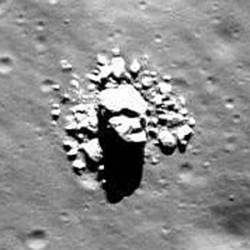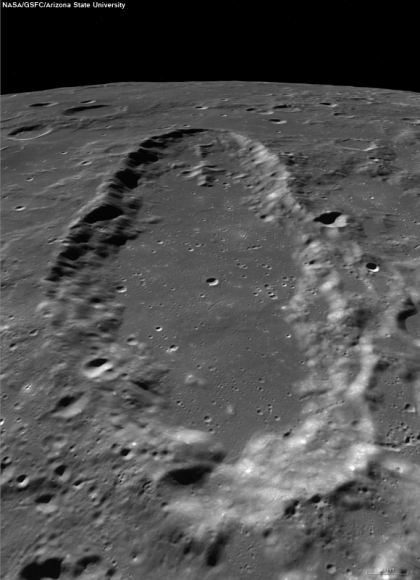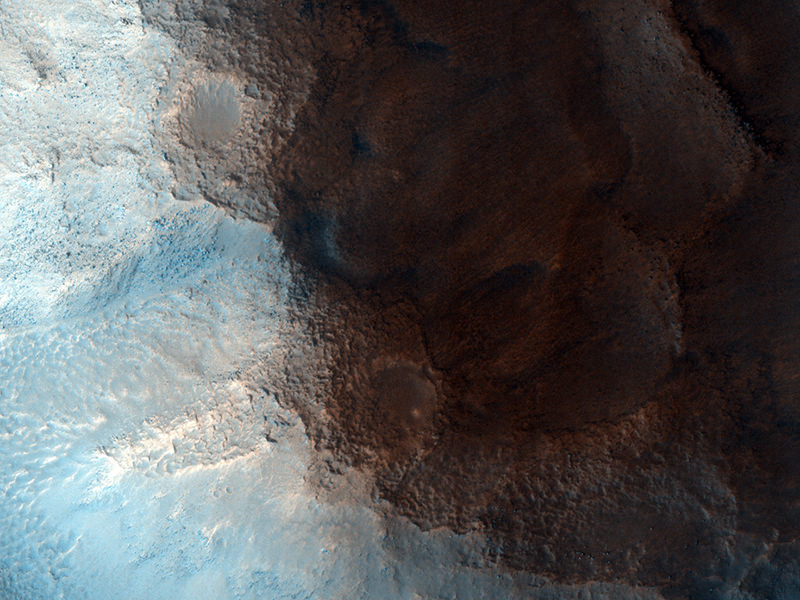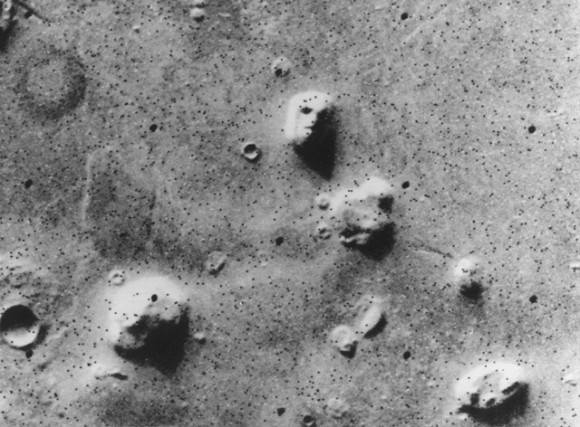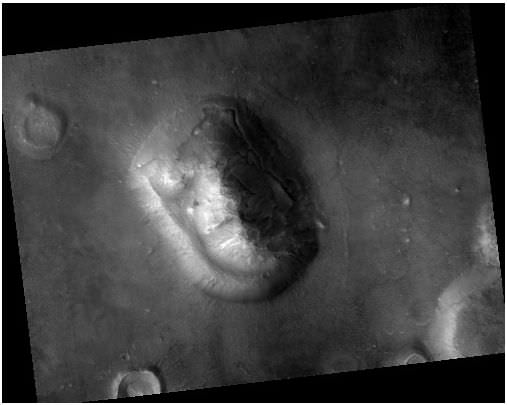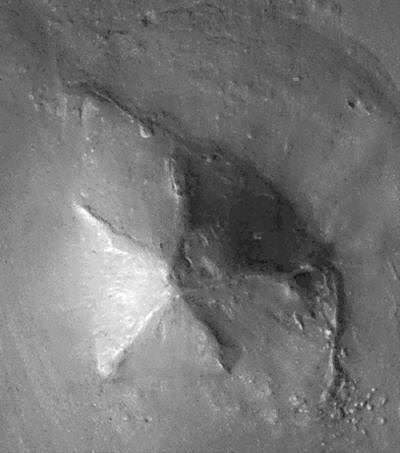“Look, it has a tiny face on it!”
This sentiment was echoed ‘round the web recently, as an image of Pluto’s tiny moon Nix was released by the NASA New Horizons team. Sure, we’ve all been there. Lay back in a field on a lazy July summer’s day, and soon, you’ll see faces of all sorts in the puffy stratocumulus clouds holding the promise of afternoon showers.
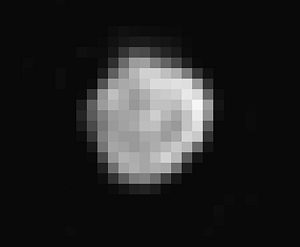
This predilection is so hard-wired into our brains, that often our facial recognition software sees faces where there are none. Certainly, seeing faces is a worthy survival strategy; not only is this aspect of cognition handy in recognizing the friendlies of our own tribe, but it’s also useful in the reading of facial expressions by giving us cues of the myriad ‘tells’ in the social poker game of life.
And yes, there’s a term for the illusion of seeing faces in the visual static: pareidolia. We deal lots with pareidolia in astronomy and skeptical circles. As NASA images of brave new worlds are released, an army of basement bloggers are pouring over them, seeing miniature bigfoots, flowers, and yes, lots of humanoid figures and faces. Two craters and the gash of a trench for a mouth will do.
Now that new images of Pluto and its entourage of moons are pouring in, neural circuits ‘cross the web are misfiring, seeing faces, half-buried alien skeletons and artifacts strewn across Pluto and Charon. Of course, most of these claims are simply hilarious and easily dismissed… no one, for example, thinks the Earth’s Moon is an artificial construct, though its distorted nearside visage has been gazing upon the drama of humanity for millions of years.
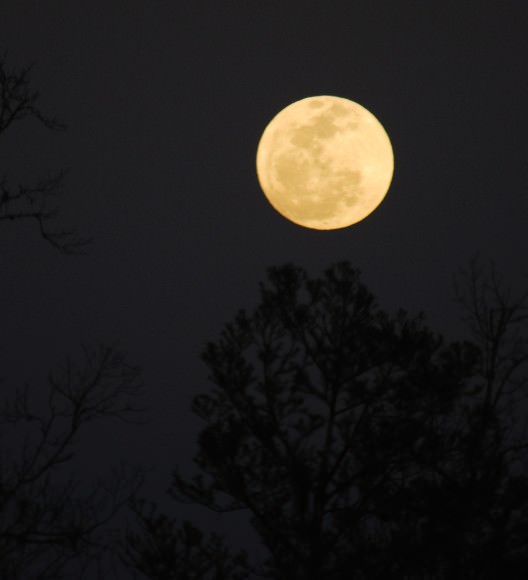
The psychology of seeing faces is such that a whole region of the occipital lobe of the brain known as the fusiform face area is dedicated to facial recognition. We each have a unique set of neurons that fire in patterns to recognize the faces of Donald Trump and Hillary Clinton, and other celebs (thanks, internet).
Damage this area at the base of the brain or mess with its circuitry, and a condition known as prosopagnosia, or face blindness can occur. Author Oliver Sacks and actor Brad Pitt are just a few famous personalities who suffer from this affliction.
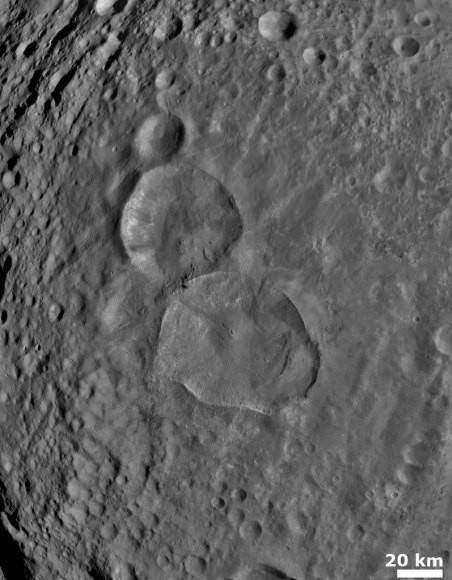
Conversely, ‘super-recognizers’ at the other end of the spectrum have a keen sense for facial identification that verges on a super-power. True story: my wife has just such a gift, and can immediately spot second-string actors and actresses in modern movies from flicks and television shows decades old.
It would be interesting to know if there’s a correlation between face blindness, super-recognition and seeing faces in the shadows and contrast on distant worlds… to our knowledge, no such study has been conducted. Do super-recognizers see faces in the shadowy ridges and craters of the solar system more or less than everyone else?
A well-known example was the infamous ‘Face on Mars.’ Imaged by the Viking 1 orbiter in 1976, this half in shadow image looked like a human face peering back up at us from the surface of the Red Planet from the Cydonia region.
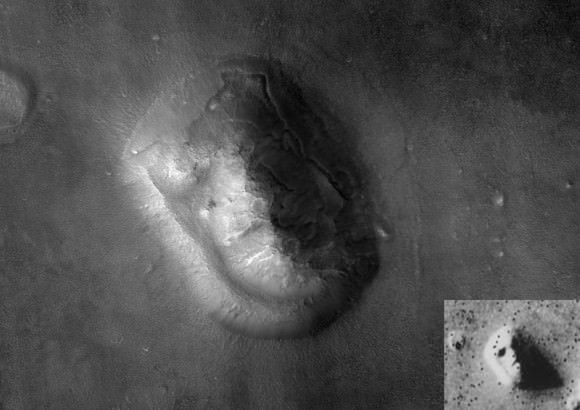
But when is a face not a face?
Now, it’s not an entirely far-fetched idea that an alien entity visiting the solar system would place something (think the monolith on the Moon from Arthur C. Clarke’s 2001: A Space Odyssey) for us to find. The idea is simple: place such an artifact so that it not only sticks out like a sore thumb, but also so it isn’t noticed until we become a space-faring society. Such a serious claim would, however, to paraphrase Carl Sagan, demand serious and rigorous evidence.
But instead of ‘Big NASA’ moving to cover up the ‘face,’ they did indeed re-image the region with both the Mars Reconnaissance Orbiter and Mars Global Surveyor at a much higher resolution. Though the 1.5 kilometer feature is still intriguing from a geological perspective… it’s now highly un-facelike in appearance.
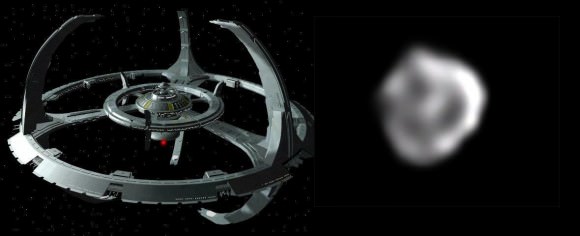
Of course, it won’t stop the deniers from claiming it was all a big cover-up… but if that were the case, why release such images and make them freely available online? We’ve worked in the military before, and can attest that NASA is actually the most transparent of government agencies.
We also know the click bait claims of all sorts of alleged sightings will continue to crop up across the web, with cries of ‘Wake up, Sheeople!’ (usually in all caps) as a brave band of science-writing volunteers continue to smack down astro-pareidolia on a pro bono basis in battle of darkness and light which will probably never end.
What examples of astro-pareidolia have you come across in your exploits?


